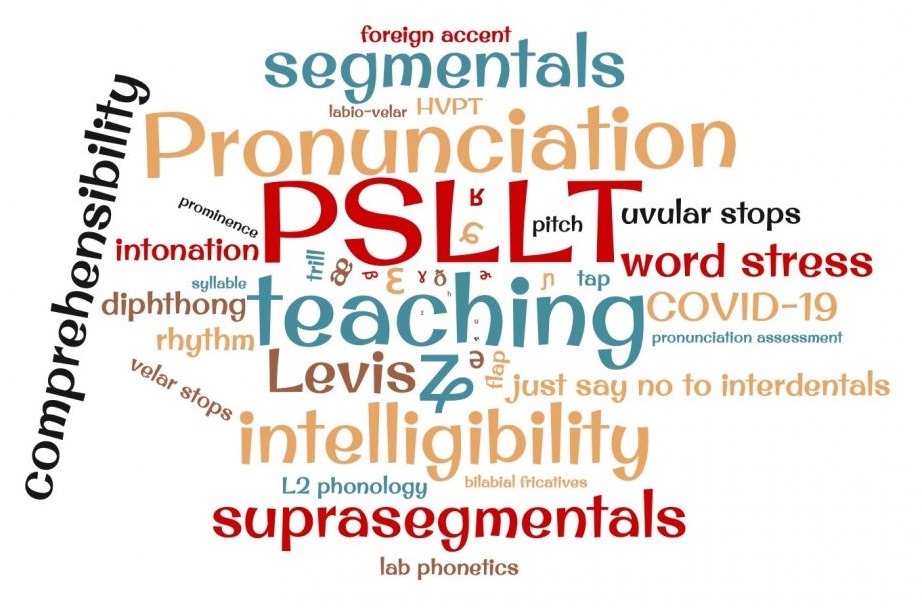I’m currently taking an online course on Materials Development with NILE and can say that it has been one of the most eye-opening courses I’ve taken since COVID-19. One of the modules focussed on affective learning and, in particular, making reading more emotionally and congitively engaging. This overlapped with the plenary given by Dr. Gabriel Diaz Maggioli at IATEFL in Belfast just a couple of weeks ago. It felt really nice to compare those two as well as combine them to see a bigger picture. Well, obvisouly, I couldn’t resist the temptation to run a quick experiment 🙂
I used a text called Architect’s World from UNLOCK Reading & Writing A1. I especially like the fact that it was an interview and features images of the buildings mentioned by the interviewee.
Lesson procedure:
- Warm-up: I asked students to describe and compare the buildings they live in here in Bournemouth and in their home country. They were encouraged to show photos (if they had any) and share their feelings about those buildings. (It also allowed them to review comparisons.)
- Reading: Nothing innovative here – just good old reading. Students were encouraged to use bilingual dictionaries (I’m trying to teach them to use those instead of Google Translate) or ask each other or me for help.
- Post-reading: The text is followed by typical comprehension questions that don’t require actual understanding of the text, but we still did them. I then threw in some more affectively engaging comprehension questions that encouraged students to reflect on some statements in the text and share their opinions. For example,
– How are ‘green’ houses different from any other types of houses?
– Do you think it’s a good idea to use glass and plastic as building materials? Why (not)?
– The architect said that ‘there have been many changes in home design in the last 30 years’. In your country, are new buildings very different from old buildings? If yes, then what makes them different? Which buildings do you like more? - Images: We then worked with the images of the buildings accompanying the text. Students tried to describe them and choose the one they liked most. They had to explain their choice. We also looked at ‘green’ buildings in more detail using Google search. My students were fascinated by Singapore and its futuristic architecture. We looked at Marina Bay Hotel, Botanic Gardens and just some random ‘green’ buildings. I have a small group, so students were sharing their feelings and opinions as we went through the photos. I told them I’ve been to Singapore so they asked me some questions about my trip there. They then started remembering interesting buildings they’ve seen, for example, Petronas Towers – we googled them all, of course. They also showed me some famous buildings in their countries.
- Project: The final stage was the experiment itself 🙂 I asked students to draw a building they would like to live in or stay during their holiday. They had to think about the building material(s), exterior, size, shape, layout inside, etc. And, of course, they had to draw it. I told them that no one would judge their drawing skills and that it was just to make their descriptions a bit more visual.
They then showed their buildings to their classmates and explained why they drew these particular buildings. I took some photos and am attaching them to this post (with my students’ permission, of course).
To be honest, I didn’t think they wouldn’t be very inspired by this task, but I was wrong! They put quite a lot of imagination into their drawings and even drew the surroundings like trees, sea, lights and even birds. They talked about how many rooms there are in their houses, who lives there, etc. It felt very heart-warming and rewarding and really helped me to get to know my students even better.
Conclusion: I’ll definitely keep experimenting with readings and turning them into projects – it’s full of unexpected, and I love it! This week, we’ll be reading a text about the longest cycling tour, and I’ll ask my students to plan a road trip around their country. I’ve already printed simple maps they’ll be using for their presentations 😀









